- Home
- About
- Hospitals
-
Treatments
- Orthopedic & Spine
- Knee Replacement
- Carpal Tunnel Release
- Rotator Cuff Repair
- Meniscus Repair / Meniscectomy
- Total Hip Replacement (THR)
- Total Shoulder Replacement
- Arthroscopy
- Ligament Reconstruction
- Spinal Fusion
- Discectomy
- Laminectomy
- Spinal Decompression
- Vertebroplasty and Kyphoplasty
- Fracture Repair
- ACL Reconstruction
- Tendon Repair
- Osteotomy
- Amputation
- Pediatric and Adult Cardiac
- Neuroscience
- Oncology
- Nephrology & KTP
- Gastroenterology & Hepatobiliary
- Obstetrics and Gynaecology
- Infertility
- Dental & Maxillofacial
- Plastic & Cosmetic Surgery
- Rhinoplasty
- Blepharoplasty (Eyelid Surgery)
- Facelift (Rhytidectomy)
- Breast Augmentation (Mammoplasty)
- Breast Reduction (Mammoplasty)
- Breast Lift (Mastopexy)
- Liposuction
- Abdominoplasty (Tummy Tuck)
- Brazilian Butt Lift (BBL)
- Lip Augmentation
- Breast Reconstruction
- Cleft Lip and Palate Repair
- Scar Revision
- Burn Reconstruction
- Botox Injection
- Ophthalmology
- Otolaryngology (ENT)
- Endocrinology
- General and Minimal Invasive Surgery
- Pulmonology
- Rheumatology
- Urology
- General Medicine
- Ayurvedic Treatment
- Orthopedic & Spine
- Doctors
- Contact Us
Ureteroscopy
Ureteroscopy is a
medical procedure used to diagnose and treat conditions in the ureter, which is
the tube that carries urine from the kidneys to the bladder. It is often
performed by urologists and is considered a minimally invasive procedure.
Ureteroscopy involves the use of a thin, flexible or rigid tube called a
ureteroscope to access the ureter and sometimes the kidneys.
Here's an overview of ureteroscopy:
Purpose:
- Diagnostic Ureteroscopy: This procedure is used to diagnose various urological conditions, such as stones, tumors, or other abnormalities in the ureter or the kidneys. It provides direct visualization of the urinary tract.
- Therapeutic Ureteroscopy: Ureteroscopy can also be used to treat certain conditions. For example, it allows for the removal of kidney or ureteral stones, treatment of ureteral strictures (narrowing), and the management of other ureteral or renal issues.
Procedure:
- Ureteroscopy is typically performed with the patient under general or local anesthesia, depending on the complexity of the procedure and the patient's preference.
- A ureteroscope, which is a thin, flexible or rigid tube with a camera and a light source on its tip, is inserted through the urethra and guided up through the bladder and into the ureter. If necessary, the ureteroscope can be advanced into the renal pelvis (the area where urine collects before entering the ureter).
- Once the ureteroscope is in place, the urologist can visualize the interior of the ureter and kidneys, and perform any necessary procedures, such as stone removal, biopsy, or laser therapy.
Recovery: Recovery
after ureteroscopy is generally quick. Most patients can go home the same day
and resume their normal activities within a few days. Some temporary
discomfort, mild bleeding, or urinary symptoms may be experienced after the
procedure.
Risks and Complications: Ureteroscopy
is considered a safe procedure, but there are some potential risks and
complications, including infection, bleeding, injury to the ureter or
surrounding tissues, and the need for further procedures in the case of complex
or large stones.
The specific risks and complications can vary
depending on the purpose of the ureteroscopy and the patient's individual
health.
Ureteroscopy is a valuable tool for both the diagnosis and treatment of
a range of urological conditions. Patients should discuss the procedure, its
potential benefits and risks, and alternative treatment options with their
urologist to make informed decisions about their care.
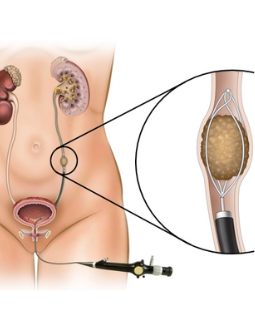


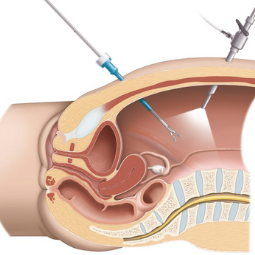

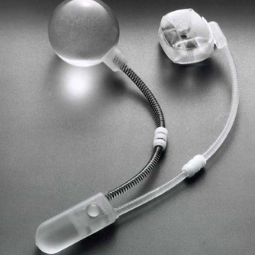
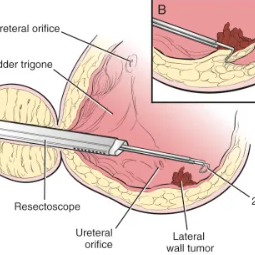
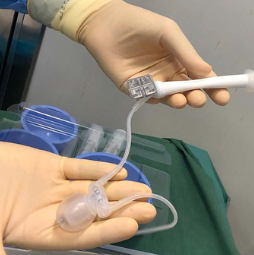
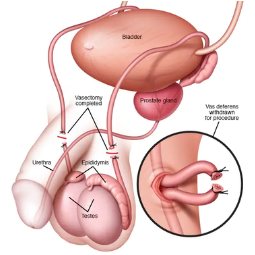
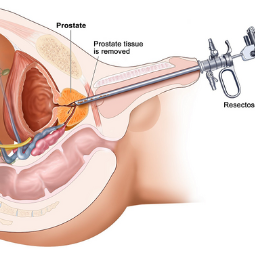
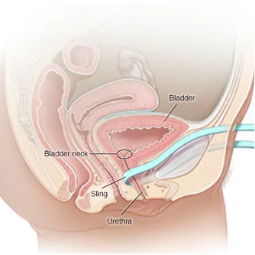
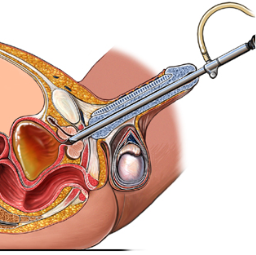
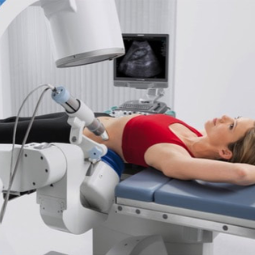
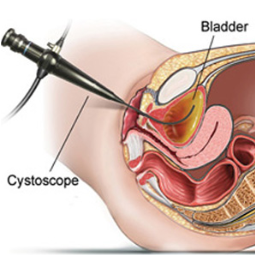
.png)